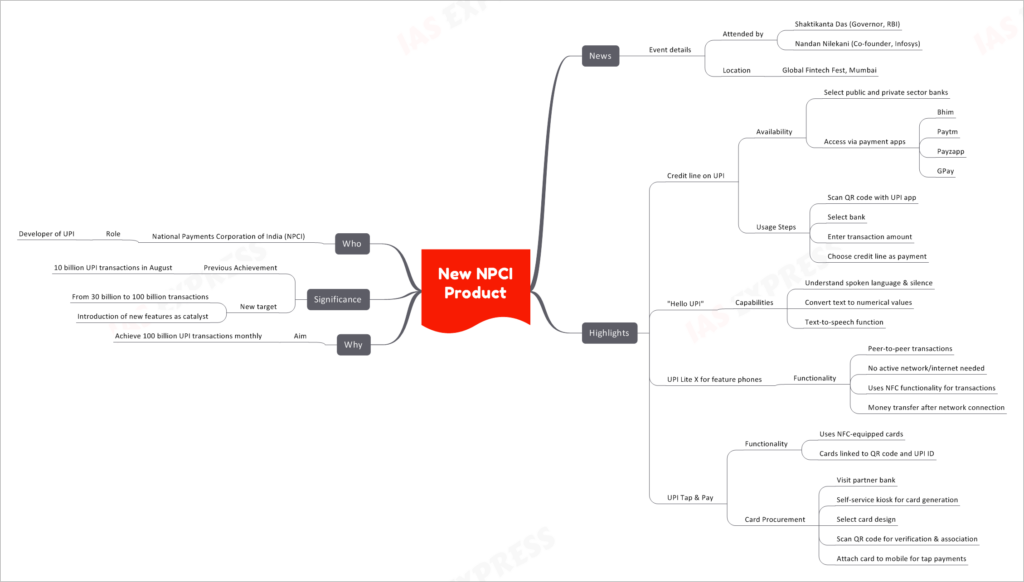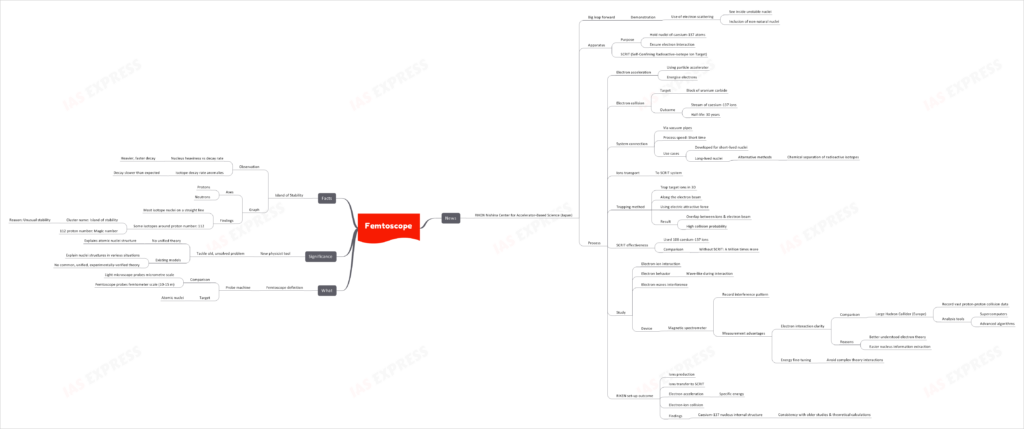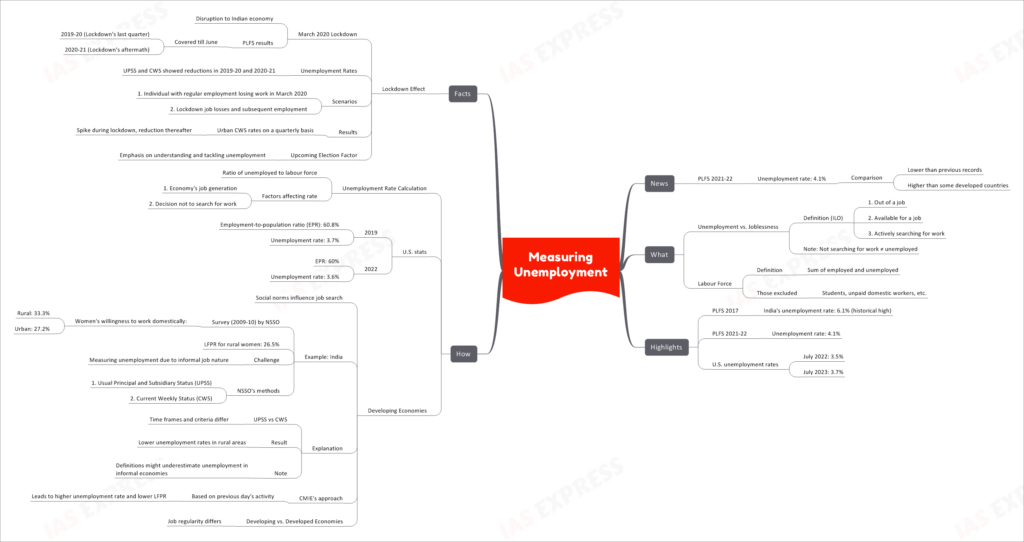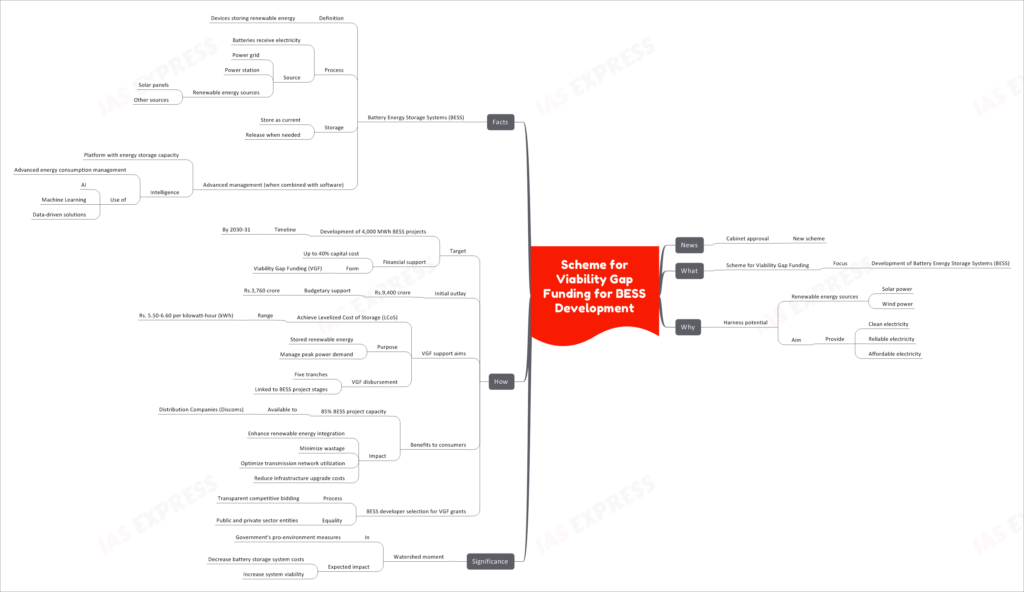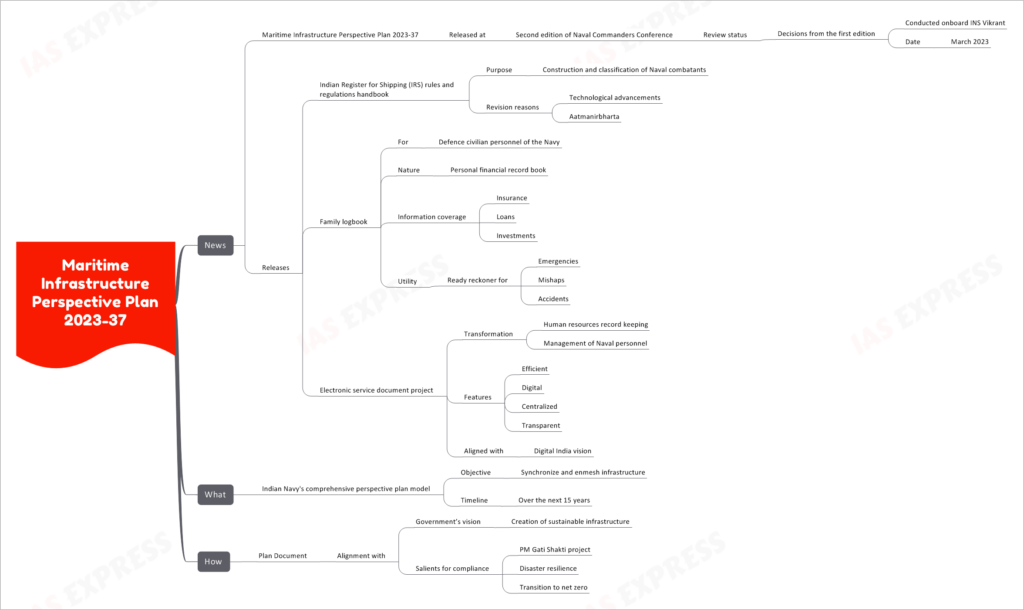[Newsbits] 06.09.2023

New NPCI Products
At the Global Fintech Fest in Mumbai, the National Payments Corporation of India (NPCI) unveiled a slew of new products, aiming to bolster the Unified Payments Interface (UPI) ecosystem. The event saw luminaries such as Shaktikanta Das, the Governor of RBI, and Nandan Nilekani, Co-founder of Infosys.
New Additions to UPI
Credit Line on UPI
- Availability: A selection of public and private sector banks will offer this feature. It will be accessible through various payment apps such as Bhim, Paytm, Payzapp, and GPay.
- How it Works:
- Users scan a QR code with their UPI app.
- They select their bank, input the transaction amount, and then choose the credit line as their mode of payment.
"Hello UPI"
- Capabilities:
- The system understands spoken language and can discern silence.
- It can convert text into numerical values.
- Features a text-to-speech function.
UPI Lite X for Feature Phones
- Functionality:
- Allows peer-to-peer transactions.
- No need for an active network or internet connection.
- Employs NFC functionality to execute transactions.
- Transfers money once a network connection is established.
UPI Tap & Pay
- Functionality:
- Uses NFC-equipped cards.
- These cards are linked to a QR code and UPI ID.
- Card Procurement:
- Visit a partner bank's self-service kiosk.
- Select your card design.
- Scan a QR code for verification and association.
- Attach the card to a mobile device for making tap payments.
Objectives and Milestones
The NPCI has set an ambitious goal to achieve 100 billion UPI transactions on a monthly basis. This comes after celebrating a landmark of 10 billion UPI transactions this past August. With a new target in sight, moving from 30 billion to an astounding 100 billion transactions, NPCI is banking on these new features to act as a catalyst to propel UPI transactions to new heights.
Fujianvenator
In the Fujian Province of southeastern China, an exceptional discovery was made, revealing an unearthed fossil named Fujianvenator, a species providing valuable insights into the evolutionary origins of birds.
Description of Fujianvenator
Naming
The discovered dinosaur was specifically termed Fujianvenator prodigiosus.
Time Frame
This creature roamed the Earth during the Jurassic Period.
Distinctive Features
- Size and Resemblance: Fujianvenator was pheasant-sized and bore a striking bird-like appearance.
- Limbs:
- Possessed elongated legs and arms, enhancing its resemblance to birds.
- The arms of the Fujianvenator were strikingly similar to bird wings. However, an exception was noted: they had three claws on their fingers.
- Anatomical Observations: The anatomy of Fujianvenator hinted at a lifestyle resembling modern wading birds, suggesting it might have been a fast runner.
- Unique Bone Dimensions:
- Its tibia (lower leg bone) was remarkably twice the length of its femur (thigh bone).
- The dinosaur also had a long bony tail structure.
Evolutionary Importance
- Bird Origin: Fujianvenator represents a crucial stage in the origin of birds. There was a significant evolutionary event where feathered two-legged dinosaurs, known as theropods, evolved into birds. This event culminated late in the Jurassic period with the emergence of the earliest known bird, the Archaeopteryx, which originated around 150 million years ago in Germany.
- Group Classification: The Fujianvenator belongs to the Avialans, a group which includes all birds and their closest non-avian dinosaur relatives.
- Bird Evolutionary History: The early evolutionary history of birds is somewhat clouded, primarily due to a lack of fossil evidence. Following the appearance of Archaeopteryx, there is a gap of nearly 20 million years before the next bird fossils are documented.
- Birds and Extinction: An asteroid impact around 66 million years ago led to the extinction of many species. Interestingly, while the non-avian dinosaurs didn't survive this catastrophic event, birds did, ensuring their continued existence till today.
Discovery Details
- Location: Fujianvenator was discovered in the Fujian Province, situated in southeastern China.
- Age: The fossil is estimated to be from 148 to 150 million years ago.
Femtoscope
The RIKEN Nishina Center for Accelerator-Based Science in Japan has made significant advancements with the demonstration of the use of electron scattering to peer inside unstable nuclei. This breakthrough involves the inclusion of non-natural nuclei, opening a new dimension in the study of atomic structures.
Femtoscope Explained
What is a Femtoscope?
- A probe machine designed to investigate on an incredibly minute scale.
- Comparison:
- Light microscopes can probe at the micrometre scale.
- The Femtoscope delves into the femtometer scale (10^-15 m).
- Comparison:
- Primary Target: Atomic nuclei.
The Breakthrough at RIKEN
- Apparatus:
- SCRIT (Self-Confining Radioactive-isotope Ion Target) system holds nuclei of caesium-137 atoms ensuring electron interaction.
- Process:
- Accelerate electrons using a particle accelerator to energize them.
- Electrons then collide with a block of uranium carbide, producing a stream of caesium-137 ions with a half-life of 30 years.
- These ions are transported to the SCRIT system.
- A trapping method is used where target ions are trapped in a 3D space along the electron beam using an electric attractive force.
- This results in a high probability of collisions between ions and the electron beam.
- SCRIT's effectiveness is notable, using only 108 caesium-137 ions as opposed to a trillion times more without SCRIT.
- Study Outcome:
- Electron-ion interaction and behavior of electrons (wave-like during interaction) were studied.
- Electron-waves interference was observed using a magnetic spectrometer to record the interference pattern.
- Comparatively, the clarity of electron interactions in the RIKEN setup is greater than the Large Hadron Collider's vast proton-proton collision data in Europe.
- Results:
- The internal structure of the Caesium-137 nucleus was found to be consistent with previous studies and theoretical calculations.
Significance of the Femtoscope
- A new tool for physicists that could help:
- Address the age-old challenge of not having a unified theory explaining the structure of atomic nuclei.
- While there are existing models that describe nuclei structures in various scenarios, there isn't a universally accepted, experimentally-verified theory.
Interesting Facts: The Island of Stability
- Observation:
- Generally, the heavier a nucleus is, the faster it decays.
- Some isotopes, however, decay slower than expected.
- Graph Findings:
- While most isotope nuclei can be plotted on a straight line, some isotopes centered around the proton number 112 cluster in an area referred to as the "Island of stability" due to their unusual stability. This proton number, 112, is thus labeled the "magic number."
Measuring Unemployment
The Periodic Labour Force Survey (PLFS) for 2021-22 revealed an unemployment rate of 4.1% in India, shedding light on the complexities and nuances of measuring and understanding unemployment rates across various nations.
Unemployment Defined
What Does Unemployment Mean?
- Criteria by International Labour Organization (ILO):
- Currently out of a job.
- Readily available for work.
- Actively searching for employment.
- Key Distinction: Not being in an active job search does not equate to being unemployed.
Understanding the Labour Force
- Comprising of: Employed and unemployed individuals.
- Those Not Considered: Students, individuals engaged in unpaid domestic tasks, and similar categories.
Comparative Analysis: Unemployment Statistics
- PLFS 2017:
- India recorded a historically high unemployment rate of 6.1%.
- PLFS 2021-22:
- Current rate stands at 4.1%.
- U.S. Rates:
- As of July 2022: 3.5%.
- As of July 2023: 3.7%.
Calculation and Influencing Factors
- Determining the Unemployment Rate: It's essentially the ratio of the unemployed population to the entire labour force.
- Driving Forces:
- The capacity of an economy to create jobs.
- Individuals choosing not to seek employment.
Variances in Developed and Developing Economies
Cultural and Social Factors
- India as a Case Study:
- NSSO Survey 2009-10 highlighted a significant percentage of women preferring domestic roles over employment.
- Labour Force Participation Rate (LFPR) for rural women was recorded at 26.5%.
- Challenges:
- Informal nature of jobs complicates accurate measurement.
- Different methods, such as UPSS and CWS, employed by NSSO can yield varying results.
CMIE's Method
- Bases its metrics on the previous day's employment status, which can potentially indicate a higher unemployment rate and a decreased LFPR.
Developing vs. Developed Nations
- In developing countries, job regularity is less consistent compared to developed countries.
Impact of Lockdown on Employment
Overview
- March 2020: The lockdown due to the pandemic caused significant disruptions in India's economy.
- PLFS Data: Covered the period up to June for both 2019-20 and 2020-21, shedding light on the lockdown's immediate and subsequent impacts.
The Lockdown Scenario
- Individuals with regular employment before the lockdown faced job losses in March 2020.
- Employment statistics showed variations, with a spike during the lockdown and a reduction thereafter, particularly in urban areas as per CWS rates.
The Political Angle
- With elections looming, there's a heightened focus on understanding and addressing unemployment issues.
Scheme for Viability Gap Funding for BESS Development
The Cabinet has recently greenlighted a novel scheme, aiming to bridge the viability gap in the development of Battery Energy Storage Systems (BESS). This initiative showcases the government's commitment to leveraging renewable energy sources, especially solar and wind power.
News Highlights
- Key Update: Cabinet's nod to a new viability gap funding scheme.
Scheme Focus: Understanding the Objective
- Essence of the Scheme: Viability Gap Funding
- Core Concentration: Progression and evolution of Battery Energy Storage Systems (BESS).
The Rationale: Why Now?
- Harnessing Nature's Bounty: Tapping into the abundant potential of:
- Solar energy
- Wind energy
- The Ultimate Vision: Offering electricity that is:
- Clean
- Reliable
- Cost-effective
Significance: A New Era in Energy
- Historic Move: A significant stride in the government's environmentally-conscious measures.
- Projected Outcomes:
- Plunge in battery storage system expenditures.
- Augmentation in system viability.
The Methodology: Achieving the Vision
Goals & Financial Structure
- Ambition: Develop 4,000 MWh of BESS projects
- Target Date: By 2030-31
- Fiscal Backing:
- Covering up to 40% of the capital costs.
- Nature: Viability Gap Funding (VGF)
- Initial Budgetary Allocation:
- Rs.9,400 crore
- Direct budgetary backing of Rs.3,760 crore.
- Rs.9,400 crore
VGF's Purpose and Modalities
- Aim: Attain a Levelized Cost of Storage (LCoS) between Rs. 5.50-6.60 per kilowatt-hour (kWh).
- Primary Uses:
- Stockpiling renewable energy.
- Handling peak power demand situations.
- Disbursement Process:
- Through five structured tranches.
- Closely tied with the developmental stages of BESS projects.
End-user Advantages
- Accessibility: 85% of the BESS project's output to be available for Distribution Companies (Discoms).
- Anticipated Positive Outcomes:
- Bolstering the incorporation of renewable energy.
- Curtailing energy wastage.
- Maximizing the efficiency of transmission networks.
- Slashing costs associated with infrastructural upgrades.
Grant Allocation to BESS Developers
- Procedure: A transparent competitive bidding mechanism.
- Participation: Equal opportunities for both public and private sector contenders.
Spotlight on BESS: Quick Facts
- What's BESS?
- Apparatuses specifically designed to accumulate renewable energy.
- Operational Dynamics:
- Batteries draw electricity from various sources like the power grid, energy stations, solar panels, etc.
- Store it as current and discharge it as required.
- When Teamed Up with Advanced Software:
- Becomes an intelligent platform possessing energy storage capability.
- Equipped with cutting-edge energy consumption management tools, empowered by:
- Artificial Intelligence (AI)
- Machine Learning
- Data-centric solutions.
Maritime Infrastructure Perspective Plan 2023-37
The recent unveiling of the "Maritime Infrastructure Perspective Plan 2023-37" at the second edition of the Naval Commanders Conference paints a vivid picture of India's naval future. It reflects the nation's aspirations to bolster its maritime prowess, synchronize infrastructure, and embrace the digital age.
News
Plan Launch Details
- Event: Second edition of Naval Commanders Conference
- Main Highlight: Release of the Maritime Infrastructure Perspective Plan 2023-37
- Review Undertaken:
- Scrutinizing decisions made during the first edition
- Venue: INS Vikrant
- Date: March 2023
- Scrutinizing decisions made during the first edition
Key Releases
- Indian Register for Shipping (IRS) Handbook:
- Purpose: Guides the construction and classification of Naval combatants.
- Why a Revision?
- Adapting to modern technological breakthroughs.
- Embracing 'Aatmanirbharta' (self-reliance).
- Family Logbook:
- Intended for: Defence civilian personnel associated with the Navy.
- Nature: A ledger detailing personal financial commitments.
- Key Data Tracked:
- Insurance
- Loans
- Investments
- Significance: Acts as a quick reference during emergencies, accidents, or unforeseen incidents.
- Electronic Service Document Project:
- Evolution: Pivoting towards digital record-keeping and human resource management of Naval staff.
- Key Attributes:
- Efficient
- Digitalized
- Centralized
- Transparent
- Vision Alignment: Resonates with the Digital India mission.
Plan Core: The Essence
The Blueprint
- Nature: Indian Navy's holistic perspective plan framework.
- Main Goal:
- Seamlessly integrate and harmonize infrastructure facilities.
- Duration: The plan stretches over an expansive 15-year timeline.
Implementation Methodology
The Plan Document: A Guided Path
- Harmony with the Government’s Vision:
- Advocates the establishment of enduring infrastructure.
- Mandatory Alignment Elements:
- PM Gati Shakti initiative
- Ensuring disaster resilience
- Aiming for a transition to net zero carbon emissions.
